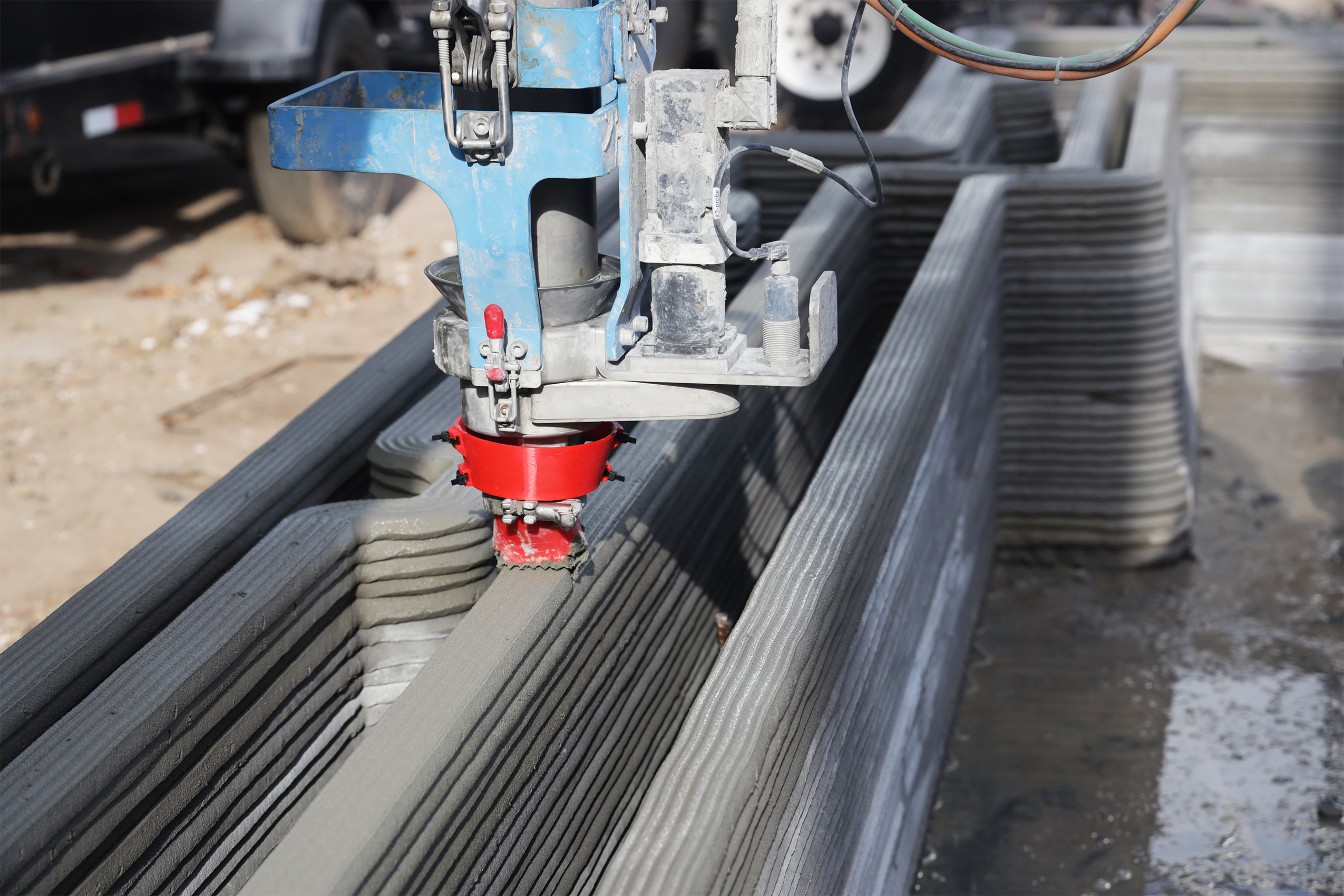The Great Pyramids of Giza, Chichen Itza, the Eiffel Tower, and the Burj Khalifa are all examples of what humans can accomplish when applying the principles of structural engineering. These buildings have withstood the test of time, remaining stable against the elements and human intervention. In the 12th century, al-Malek al-Aziz Othman ben Yusuf, a Kurdish ruler, tried and failed to topple pyramids as a show of power. The pyramids were so structurally sound, they only sustained minor damage. The Eiffel Tower was built as the entrance for the 1889 World’s Fair and was the tallest structure in the world until 1930. It has survived many disasters such as the 1910 Great Flood of Paris and the Paris bombings in World War II.

Structural engineers are also responsible for choosing the optimal materials for building. These materials must be strong, durable, and suitable to the environment, weather, and climate of the building’s location. In more modern times, engineers look at additional factors such as sustainability, scalability, recyclability, and responsible sourcing. Reinforced concrete is a popular material for structural engineering. It is made when steel is embedded in concrete and it increases the tensile strength, and durability of standard concrete. Another common material used to create the skeleton of buildings is structural steel framing. Formed using a system of steel beams and columns these frames are versatile and strong.
A major part of structural engineering is structural analysis. This is the application of physics, mathematics, and mechanics to determine the effect of loads and internal forces on structures, buildings, objects, and their components. In structural engineering and therefore structural analysis, lives are at stake. One mathematical mistake can result in dangerous consequences. But, structural engineering and analysis does not just apply to homes, office buildings, and skyscrapers, it is used in the construction, production, and design of everything. The swings in which children play, the bed frames on which most people sleep, all rely on structural engineering. Sound structural engineering saves millions of lives each year during disasters both natural and human caused.

Structural engineers are not just necessary in the design and development of new projects, but also often assess and improve old developments. When buildings are damaged by storms and natural disasters, structural engineers are called in to determine the impact the damage has had on the stability and durability of the structure. Although often overlooked by clients looking to build personal residences, a structural engineer is an integral part of any construction project. They are required both with altering or adding to an existing structure and when designing and developing a new structure. With the recent increase in DIY home remodeling and house flipping, knowledge of structural engineering is essential. Removing walls, beams, and other building elements can be dangerous without proper knowledge and guidance.
Many people make the mistake of using structural engineering and architecture interchangeably, when in fact they are two entirely different disciplines. Although they are both involved in the construction of a building, architects typically focus more on aesthetics and the design of the structure as a whole, while structural engineers handle the design, strength, and durability of the skeleton that supports the structure. These disciplines work together to create the beautiful, stable, and safe buildings used all around the world.
Often, people engage in rudimentary structural engineering in their day-to-day lives. Stacking cups, building with legos, and even balancing dishes on a drying rack requires careful decision making to keep everything from falling apart.
In summary, large scale construction would be impossible without structural engineers.






